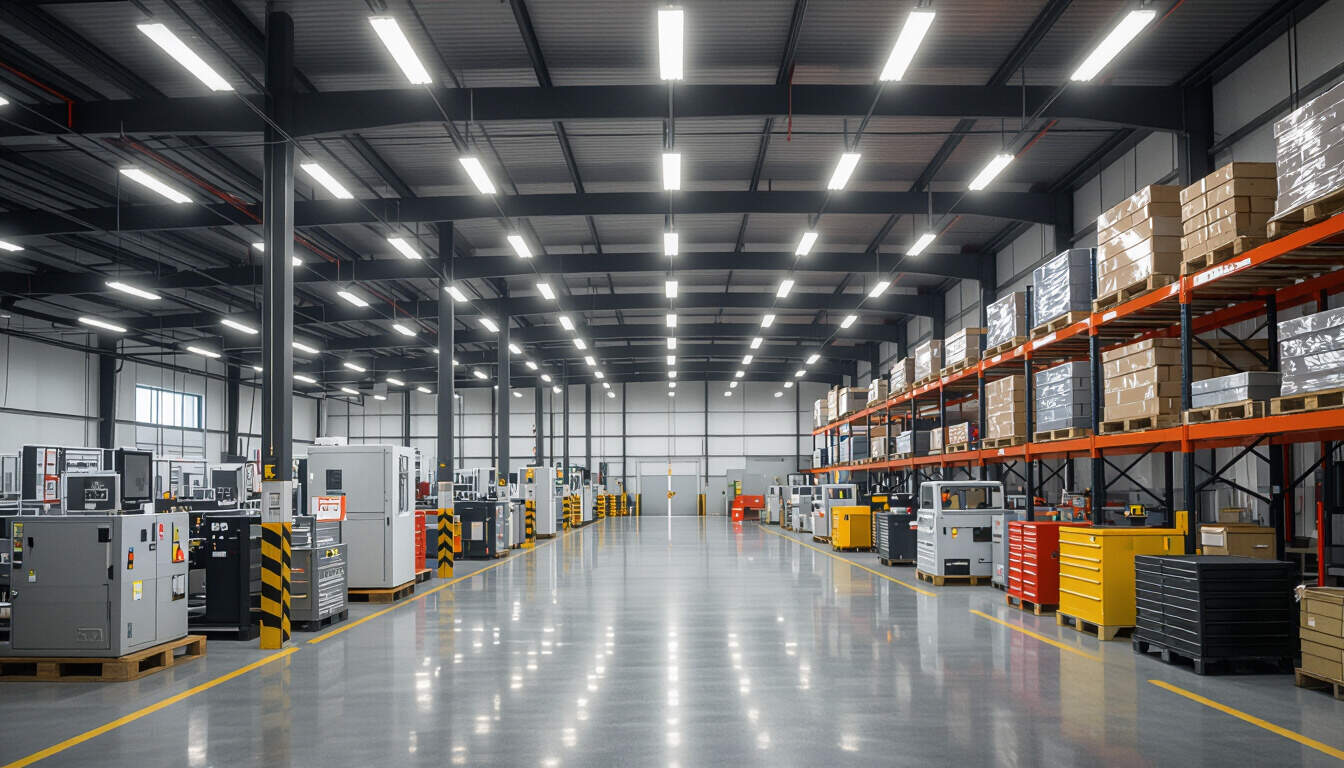Efficiency Strategies for Warehouse Energy Budgeting
 by Verner Mayer
by Verner Mayer
Warehouse energy budgeting focuses on practical steps to reduce costs and enhance sustainability through efficient lighting, HVAC systems, and automation. Real-world examples show significant savings, making it essential for energy managers in modern operations.

Warehouse operations often face high energy demands, making effective budgeting a key priority for businesses. Energy efficiency in warehouses can lead to substantial cost reductions and environmental benefits. For instance, optimizing lighting systems is one of the first steps many managers take.
In warehouses, lighting accounts for a large portion of energy use. Switching to LED fixtures can cut consumption by up to 50 percent compared to traditional bulbs. This change not only lowers bills but also improves worker productivity through better visibility. Another area to consider is heating and cooling. HVAC systems are critical, yet they can be inefficient if not managed properly.
Key Strategies for Energy Savings
Business professionals can implement several approaches to improve energy use. First, regular maintenance of equipment ensures that systems run smoothly. For example, cleaning filters and sealing leaks in ducts can prevent energy waste. In one case, a distribution center in the Midwest upgraded its HVAC controls, resulting in a 20 percent drop in energy costs over six months.
Automation plays a significant role as well. Using sensors and timers to control machinery means devices only operate when needed. This method has helped many facilities reduce energy consumption without affecting output. Additionally, integrating renewable sources like solar panels provides a reliable alternative to grid power.
Case Studies in Action
Consider a manufacturing warehouse that adopted a comprehensive energy plan. By installing motion detectors for lights and optimizing equipment schedules, the facility saw annual savings of $50,000. This example highlights how targeted investments can pay off quickly. Another scenario involves a retail storage site that focused on insulation improvements. Adding better insulation to walls and roofs reduced heating needs, leading to lower overall expenses.
These cases demonstrate the value of data-driven decisions. Managers who track energy metrics can identify patterns and make adjustments. For instance, monitoring peak usage times allows for better scheduling of operations to avoid high-demand periods.
Emerging Trends in Efficiency
New technologies are shaping the future of warehouse management. Smart meters offer real-time data on energy flow, enabling quick responses to inefficiencies. This trend is gaining traction as more businesses seek sustainable practices. Furthermore, the adoption of electric vehicles for internal transport reduces reliance on fossil fuels.
Waste reduction is another growing area. Facilities are now recycling materials and reusing water, which indirectly supports energy goals. In Europe, several warehouses have implemented these practices, achieving certification for their efforts. This shift reflects a broader commitment to environmental responsibility among energy managers.
To build a strong energy budget, professionals should start with an assessment of current usage. This involves reviewing bills and conducting audits to pinpoint waste. Once identified, prioritize upgrades based on potential returns. For example, investing in high-efficiency motors can extend equipment life and cut maintenance costs.
Sustainability enthusiasts often advocate for community involvement. Partnering with local suppliers who emphasize green practices can enhance a warehouse's overall strategy. Over time, these efforts contribute to long-term savings and a positive brand image.
In summary, effective energy budgeting in warehouses requires a mix of immediate actions and forward-thinking plans. By focusing on practical improvements and learning from real examples, businesses can achieve greater efficiency and sustainability.
